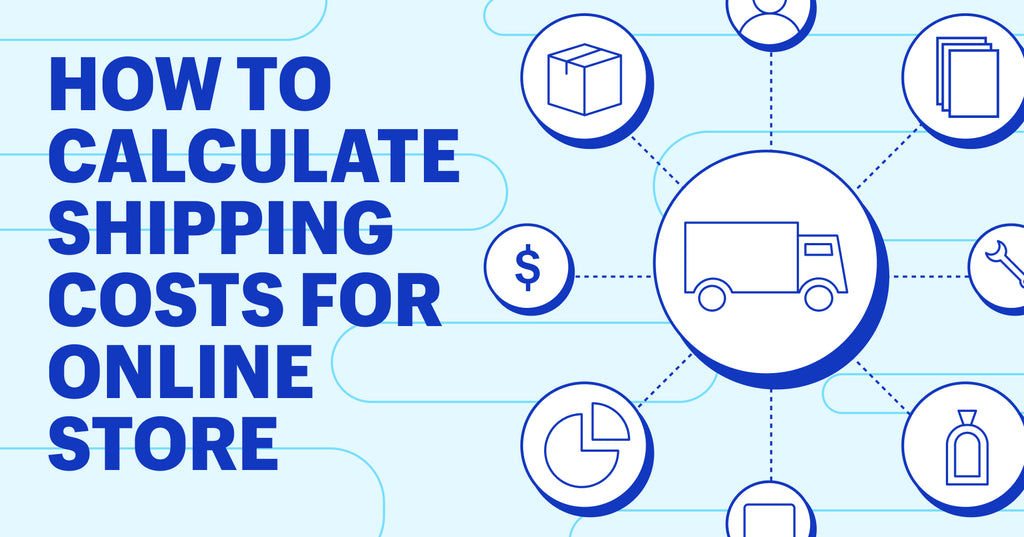
Shipping in ecommerce isn’t just an operational necessity; it’s a strategic element that can significantly impact your business’s success. DMSMatrix, a leading ecommerce authority, delves into the world of shipping strategies, offering insights on how to provide free, flat-rate, and more shipping options to enhance your ecommerce game.
Why Your Shipping Strategy Matters
Your shipping strategy goes beyond just logistics; it plays a pivotal role in shaping your customers’ experience and overall business performance. Here’s why having the right shipping strategy matters:
1. Create a Better Customer Experience
A well-defined shipping strategy sets clear expectations for your customers. When you consistently meet or exceed these expectations, you enhance the overall shopping experience. Transparency about potential shipping delays due to factors like natural disasters or carrier issues is crucial to maintaining positive customer relations.
2. Increase Your Average Order Value (AOV)
Shipping promotions and offers can be potent tools for boosting your AOV. Consider offering free shipping for orders above a certain threshold or during limited-time promotions. Such incentives can encourage shoppers to buy more, increasing your revenue per order.
3. Expand Your Business
With a robust international shipping strategy, you can tap into markets around the world, expanding your customer base and growing your business globally.
4. Boost Conversions
Customers are more likely to complete their purchase when they know what to expect in terms of shipping costs and delivery times. Offering choices, such as carrier selection, delivery options, and even local delivery or curbside pickup, can also boost conversion rates.
Crafting Your Pricing Strategy
How you price your shipping plays a pivotal role in your overall strategy. It directly impacts your conversion rates and profit margins. Let’s explore some popular pricing strategies for ecommerce shipping:
1. Offer Free Shipping
Many ecommerce businesses provide free shipping, either on all orders or under specific conditions, such as orders over a certain amount.
2. Charge Exact Costs
This approach involves using real-time shipping carrier rates, ensuring that customers are charged the precise shipping cost down to the penny (e.g., $8.36).
3. Implement Flat-Rate Shipping
A flat-rate shipping model involves applying a consistent, fixed fee for shipping to every order.
Mastering Free Shipping Profitably
Offering free shipping can be a compelling value proposition for customers, but it’s essential to ensure it doesn’t erode your profit margins. Here’s how:
1. Know Your Margins
The feasibility of offering free shipping hinges on understanding two critical figures: the cost of shipping an order and your profit margins. While it’s challenging to predict these figures for every order, analyzing your current AOV and shipping costs for common products can provide insights. This analysis will help you determine whether offering free shipping aligns with your profitability goals.
2. Leverage Free Shipping as a Promotion
If providing free shipping year-round isn’t financially viable, consider using it strategically as a promotional tool. Offering free shipping during special sales events or for a limited time can incentivize purchases without compromising long-term profitability.
Your shipping strategy is a multifaceted aspect of your ecommerce business. By carefully considering your pricing models and understanding your financials, you can offer shipping options that enhance customer satisfaction and drive business growth. Shipping isn’t just about getting products to your customers; it’s about creating a seamless and delightful experience that keeps them coming back for more.










